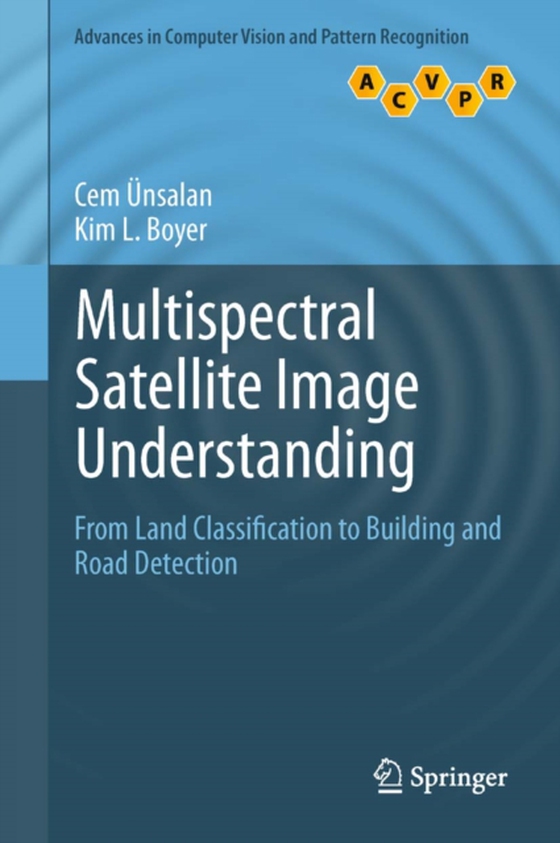
Multispectral Satellite Image Understanding e-bog
1094,57 DKK
(inkl. moms 1368,21 DKK)
Rapid development of remote sensing technology in recent years has greatly increased availability of high-resolution satellite image data. However, detailed analysis of such large data sets also requires innovative new techniques in image and signal processing.This important text/reference presents a comprehensive review of image processing methods, for the analysis of land use in residential ...
E-bog
1094,57 DKK
Forlag
Springer
Udgivet
18 maj 2011
Genrer
UYQP
Sprog
English
Format
pdf
Beskyttelse
LCP
ISBN
9780857296672
Rapid development of remote sensing technology in recent years has greatly increased availability of high-resolution satellite image data. However, detailed analysis of such large data sets also requires innovative new techniques in image and signal processing.This important text/reference presents a comprehensive review of image processing methods, for the analysis of land use in residential areas. Combining a theoretical framework with highly practical applications, making use of both well-known methods and cutting-edge techniques in computer vision, the book describes a system for the effective detection of single houses and streets in very high resolution. Topics and features: with a Foreword by Prof. Dr. Peter Reinartz of the German Aerospace Center; provides end-of-chapter summaries and review questions; presents a detailed review on remote sensing satellites; examines the multispectral information that can be obtained from satellite images, with a focus on vegetation and shadow-water indices; investigates methods for land-use classification, introducing precise graph theoretical measures over panchromatic images; addresses the problem of detecting residential regions; describes a house and street network-detection subsystem; concludes with a summary of the key ideas covered in the book.This pioneering work on automated satellite and aerial image-understanding systems will be of great interest to researchers in both remote sensing and computer vision, highlighting the benefit of interdisciplinary collaboration between the two communities. Urban planners and policy makers will also find considerable value in the proposed system.
 Dansk
Dansk

